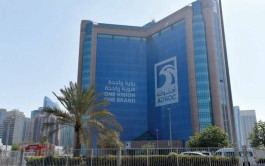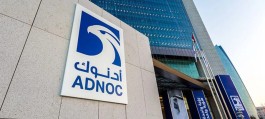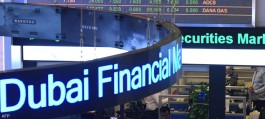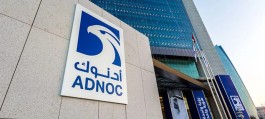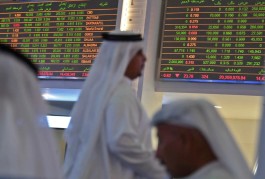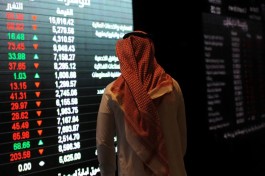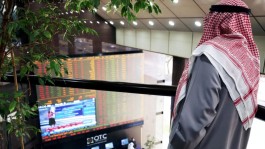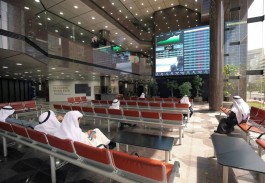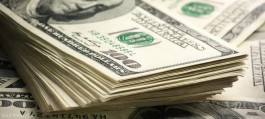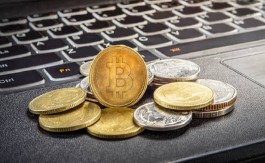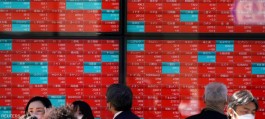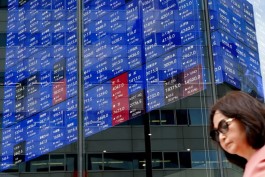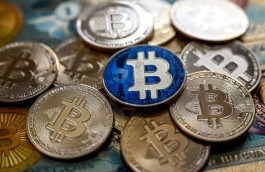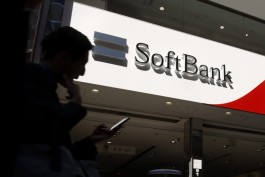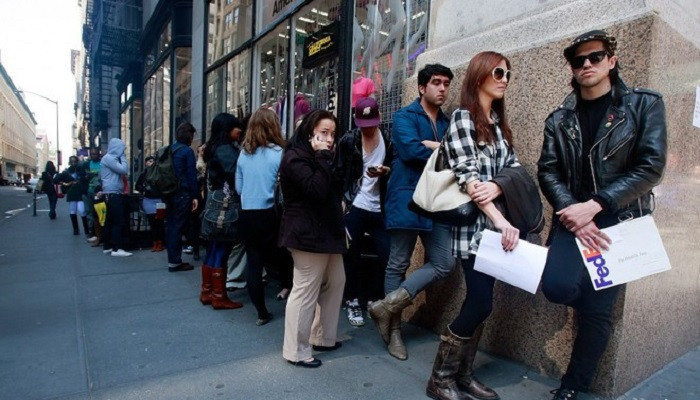Last week, all eyes in the economic community turned to central bank meetings which, as was widely expected, raised interest rates. The Federal Reserve issued its decision to reduce the rate of interest rate hikes to 25 basis points and acknowledged the recent decline in inflationary pressures, while confirming that more increases are on the table to continue curbing inflation. The European Central Bank and the Bank of England, in line with expectations, raised interest rates by 50 basis points. However, volatility dominated the forex trading landscape with market participants interpreting future sentiment as possibly a signal of the peak rate hike cycle in March.
According to the National Bank of Kuwait report, there are many indicators that contributed to strengthening the call for the Federal Reserve to temporarily stop raising interest rates and change its policies, including the decline in inflationary pressures, which coincides with the emergence of signs of contraction in the US economy. At the same time, Fed policymakers' estimates of the extent to raise interest rates have been rising over the past year as inflation has proven more robust and stable than expected. And they did not hint at all about cutting interest rates this year. How the current schism evolves will be largely determined by events and whether inflation declines faster than the central bank expects, or if labor markets perform more poorly than they hope.
Market sentiment improved on the back of the International Monetary Fund's raising of the global economic growth prospects, with reference to the positive impact of the Chinese economy's recovery after the lifting of restrictions related to containing the Covid-19 virus, and indications of declining inflation. The International Monetary Fund expects global GDP to grow by 2.9% this year, an increase of 0.2% from last October's forecast.
The dollar index rose after the Federal Reserve meeting on Wednesday, before returning to its lowest levels recorded in 9 months after dominating the facilitation of the market sentiment. Similarly, stocks fell after the Fed's decision, before reversing this trend to close higher by the end of the day. After the meetings of the European Central Bank and the Bank of England, the performance of both the euro and the pound sterling fluctuated before settling down as markets priced interest rate hikes at a slower pace in the future. The odds of the ECB and Bank of England raising interest rates by 50bps were less than 65% on Friday.
The dollar ended the week on the upside after labor market data on Friday revealed that the number of jobs increased at much higher rates than market expectations, which could give the Federal Reserve more room to continue raising interest rates. The odds of the Fed raising interest rates by 25 basis points in March increased from 80% to 90% after the report was released. On the other hand, both the British Pound and the Euro ended the week's trading in decline against the dollar, reaching 1.2051 and 1.0793, respectively.
As for the dollar's trading against the Japanese yen, the dollar jumped from its lowest levels of 128.20, to end the week's trading, closing at 131.20, in light of the data's indication that widening interest rate differentials may contribute to boosting the dollar's value. Stocks fell and bond yields rose after the report was released.
The Fed raises interest rates more slowly
Federal Reserve Chairman Jerome Powell made a number of comments at a press conference following the decision to raise interest rates by 25 basis points to a range of 4.5-4.75%. Powell said that he sees for the first time that we have begun to see real signs of declining inflation, but he stressed that it is too early to declare victory in the battle of inflation and talked about tightening labor market conditions in light of unemployment approaching its lowest level recorded in 50 years.
Powell indicated the possibility of raising interest rates twice to reach an appropriate level to reduce inflation. Despite this, he noted that the Fed is giving itself flexibility to implement future monetary policies, saying that it is certainly possible for final interest rates to stay below 5%, but it depends on the data. Powell's base-case scenario still suggests growth is possible this year, albeit at a weak pace.
Jobs report
Job growth in the United States increased at a pace that exceeded all expectations during the month of January, indicating the continued resilience of the labor market. The closely watched jobs report revealed that non-farm payrolls increased by 517 thousand jobs last month, compared to expectations of 185 thousand jobs. The data for the month of December was revised and raised to show the addition of 260 thousand jobs instead of 223 thousand jobs according to the previous report.
On the other hand, average hourly earnings increased by 0.3% after rising by 0.4% in December. This led to a decline in the annual increase in wages to 4.4%, compared to 4.8% in December. While economists expected wages to rise by 4.3% on an annual basis. The unemployment rate was 3.4% compared to 3.5% in December.
Consumer confidence
US Consumer Confidence fell unexpectedly in January as households continued to worry about the outlook for the economy over the next six months. The Conference Board said its consumer confidence index fell to 107.1 this month from 109.0 in December. Economists had expected the index to come in at 109.0. The survey focuses more on the still-tight labor market.
Consumer expectations for twelve-month inflation rose to 6.8%, up from 6.6% last month. The Enterprise Present Situation Index, a measure of consumers' assessment of business and business attitudes, rose to 150.9 from 147.4 last month. However, the expectations index, a measure of consumers' short-term views on income, business and business conditions, fell to 77.8 from 83.4 in December. The index is below the 80 that the Conference Board considers recession-related.

